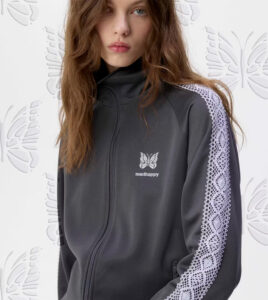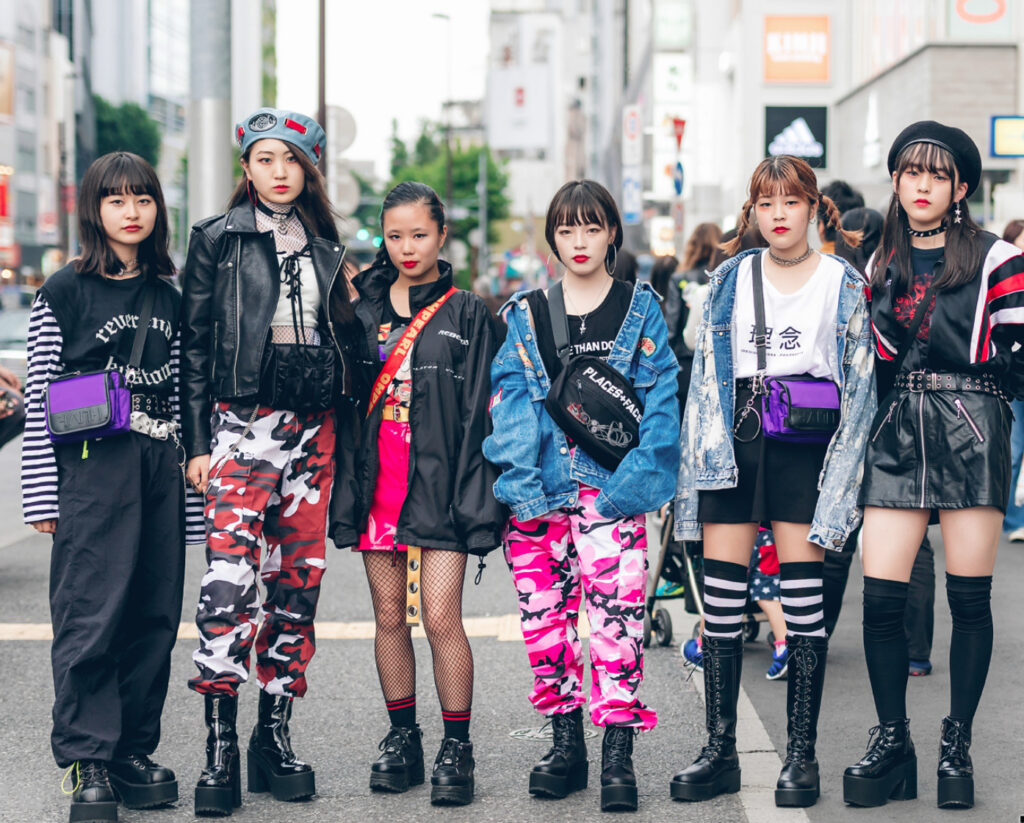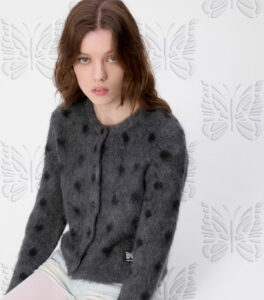
Japanese streetwear has long been celebrated for its innovative designs, cultural depth, and ability to transcend traditional fashion boundaries. Emerging from the vibrant streets of Tokyo, this fashion movement has seamlessly blended elements from various subcultures, creating styles that resonate with individuals across the gender spectrum.
In this exploration, we delve into the rich history, diverse subcultures, and influential brands that have shaped Japanese streetwear, highlighting its inclusive nature that appeals to girls, boys, and everyone in between.
Historical Evolution of Japanese Streetwear
The origins of Japanese streetwear can be traced back to the 1980s, a period marked by a fusion of Western influences and local creativity. During this era, Japanese youth began adopting clothing from American brands like Nike, Adidas, and Champion. However, over time, they infused these styles with their own cultural elements, giving birth to a unique street fashion scene.
A pivotal moment in this evolution was the emergence of the Urahara movement in the 1990s. Centered around the Ura-Harajuku district, often referred to as “Urahara,” this area became the birthplace of numerous influential streetwear brands.
Designers like Hiroshi Fujiwara, often dubbed the “Godfather of Harajuku,” along with collaborators Tomoaki “Nigo” Nagao and Jun “Jonio” Takahashi, played instrumental roles in shaping this culture.
They introduced brands such as A Bathing Ape (BAPE) and Undercover, which seamlessly blended Western streetwear aesthetics with Japanese sensibilities.
Diverse Subcultures within Japanese Streetwear
Japanese streetwear is not a monolithic entity; it encompasses a myriad of subcultures, each with its distinct style and philosophy. This diversity has contributed to its broad appeal, allowing individuals to find expressions that resonate with their identities.
- Lolita Fashion: Drawing inspiration from Victorian and Rococo aesthetics, Lolita fashion emphasizes modesty and elegance. Characterized by frilly dresses, petticoats, and elaborate accessories, this style challenges conventional beauty standards and celebrates femininity.
- Gyaru: Emerging in the 1970s, Gyaru is a rebellious subculture that opposes traditional Japanese beauty norms. It features tanned skin, dyed hair, and flamboyant clothing, reflecting a carefree and youthful spirit.
- Decora: Known for its exuberant use of accessories, Decora fashion involves layering colorful items to create a playful and childlike appearance. This style emphasizes self-decoration and is often associated with a vibrant and energetic persona.
- Visual Kei: Rooted in the music scene, Visual Kei is characterized by androgynous aesthetics, elaborate hairstyles, and theatrical makeup. It blurs gender lines and promotes a fluid expression of identity, making it a significant aspect of Japanese streetwear’s inclusivity.
Influential Japanese Streetwear Brands
Several brands have been instrumental in propelling Japanese streetwear onto the global stage. These labels have not only defined fashion trends but have also fostered an environment of inclusivity and self-expression.
- A Bathing Ape (BAPE): Founded by Nigo in 1993, BAPE is renowned for its distinctive camouflage patterns and ape motifs. The brand has garnered a global following, particularly within the hip-hop community, symbolizing a fusion of Japanese street fashion and music culture.
- Comme des Garçons: Established by Rei Kawakubo, this avant-garde brand challenges conventional fashion norms. Its sub-label, Comme des Garçons PLAY, offers more casual and accessible designs, appealing to a broad audience.
- Neighborhood: Founded by Shinsuke Takizawa in 1994, Neighborhood draws inspiration from motorcycle and countercultural elements. The brand is known for its high-quality craftsmanship and rebellious aesthetic.
- UNDERCOVER: Jun Takahashi’s UNDERCOVER blends punk influences with high fashion sensibilities. The brand’s designs often feature deconstructed elements and thought-provoking graphics.
Inclusivity in Japanese Streetwear
One of the most compelling aspects of Japanese streetwear is its inherent inclusivity. The diverse subcultures and brands offer a spectrum of styles that cater to various gender expressions and identities.
This inclusivity is evident in the androgynous aesthetics of Visual Kei, the unisex appeal of brands like Comme des Garçons, and the universal themes explored in Decora and Lolita fashions.
Moreover, the concept of “kawaii” (cute) culture, which permeates many Japanese streetwear styles, is embraced by individuals regardless of gender. This cultural phenomenon allows for a playful and non-binary approach to fashion, encouraging self-expression beyond traditional gender norms.
Global Influence and Contemporary Trends
Japanese streetwear’s impact extends far beyond its local origins. The meticulous craftsmanship and innovative designs have set high standards in the fashion industry, influencing global trends and inspiring designers worldwide.
Connections between Japanese brands and international artists have further cemented this influence. For instance, Nigo’s partnership with Pharrell Williams led to the creation of Billionaire Boys Club, a brand that merges Japanese streetwear aesthetics with American hip-hop culture.
No comments yet.









